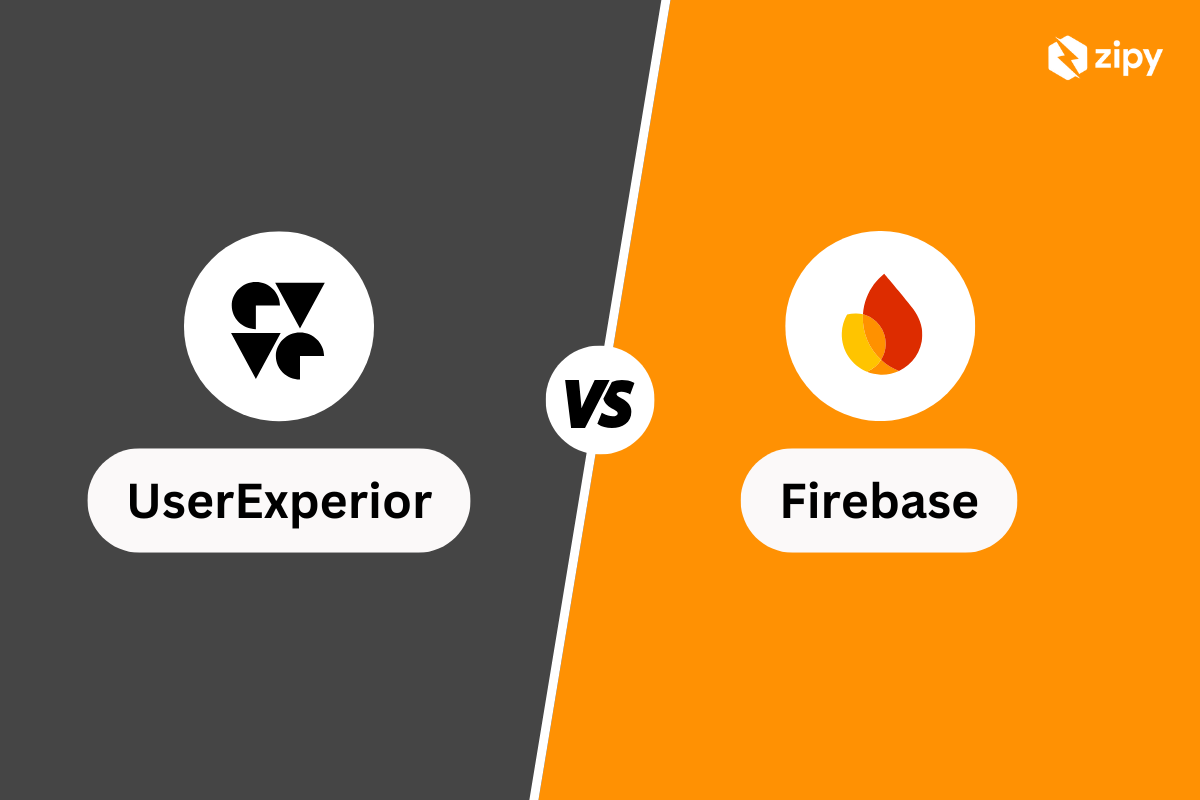Introduction
Are you grappling with the infamous Java Android NullPointerException? You're not alone. This article dives deep into the nitty-gritty of NullPointerExceptions in Java Android, providing real-world solutions that even seasoned mobile app developers will find invaluable. Our aim? To transform this daunting challenge into a learning opportunity, ensuring your code is robust and bug-free.
Catch errors proactively with Zipy. Sign up for free!
Try Zipy now
Understanding NullPointerException in Java Android
NullPointerException in Java Android occurs when your code attempts to use an object reference that has been set to null. It's a common runtime error that can lead to app crashes, affecting user experience and your reputation as a developer. But fear not! With the right knowledge and tools, you can conquer this beast.
Scenario 1
Error Code
String text = null;
int length = text.length(); // This line throws NullPointerException
Corrected Code
String text = null;
// Ensure the object is not null before accessing its methods
if (text != null) {
int length = text.length(); // Corrected line
}
Solution Summary
The corrected code includes a null check before attempting to access the length() method of the text string. This simple yet effective strategy prevents the NullPointerException by ensuring that operations are only performed on non-null objects.
Scenario 2
Error Code
ArrayList<String> list = null;
list.add("Hello, World!"); // Throws NullPointerException
Corrected Code
ArrayList<String> list = new ArrayList<>(); // Corrected line: Initialize the list
list.add("Hello, World!");
Solution Summary
In this scenario, initializing the ArrayList before using it resolves the issue. The error stemmed from attempting to add an item to a null reference. By properly initializing the list, we eliminate the risk of a NullPointerException.
Scenario 3
Error Code
public class User {
private String name;
public String getName() {
return name;
}
}
User user = null;
String userName = user.getName(); // Throws NullPointerException
Corrected Code
public class User {
private String name;
public String getName() {
return name;
}
}
User user = new User(); // Corrected line: Properly instantiate the User object
String userName = user.getName();
Solution Summary
The solution here involves ensuring that the User object is instantiated before it's used. This avoids the NullPointerException by guaranteeing that user is not null when getName() is called.
Handling NullPointerException in Java Android
Understanding and preventing NullPointerExceptions in Java Android requires diligence and a proactive approach to coding. Always check for null values before using any object, and consider using optional or default values where appropriate. Remember, a little extra code can save you a lot of trouble down the line.
Proactive Error Debugging with Zipy
Conquering NullPointerExceptions is just the beginning. To truly elevate your debugging game, consider using Zipy. This powerful tool offers proactive error monitoring and user session replay capabilities, enabling you to catch and fix runtime Java Android errors before they affect your users.
Debug and fix code errors with Zipy Error Monitoring.
Sign up for free
Conclusion
NullPointerException in Java Android can be a daunting issue, but with the right strategies and tools, it's one you can overcome. By understanding the common scenarios in which these errors occur and adopting a proactive debugging approach with tools like Zipy, you can ensure your apps are robust, reliable, and ready to delight users.
Resources on how to debug and fix Java Android errors
- 9 Java Android errors to look for: A comprehensive debugging guide for Java in Android
- Java error handling in Android for Android Developers | Zipy AI
- How to handle Java Android ArrayIndexOutOfBoundsException?
- How to handle Java Android ClassCastException?
- How to handle Java Android NumberFormatException?
- How to handle Java Android IllegalArgumentException?
- How to handle Java Android IllegalStateException?
- How to handle Java Android OutOfMemoryError?
- How to handle Java Android SecurityException?
- How to handle Java Android NetworkOnMainThreadException?
Frequently Asked Questions
What causes a NullPointerException in Java Android?
NullPointerExceptions occur when an app tries to use an object reference that has been set to null. It's a common issue that can lead to app crashes if not properly handled.
How can I prevent NullPointerExceptions in my Java Android app?
Preventing NullPointerExceptions involves checking for null values before using any object. Employing good coding practices and utilizing tools for proactive error monitoring can significantly reduce their occurrence.
Is it possible to catch a NullPointerException?
Yes, it's possible to catch a NullPointerException using a try-catch block, but it's generally better to prevent these errors through careful coding practices rather than relying on exception handling.
What tools can help me debug NullPointerExceptions in Java Android?
Tools like Zipy offer proactive error monitoring and user session replay capabilities, making them invaluable for debugging NullPointerExceptions and other runtime errors in Java Android apps.
Can using null checks slow down my app?
While excessive null checks can add overhead, they are crucial for preventing NullPointerExceptions. The key is to use them judaniciously and only where there's a real risk of encountering a null reference.
Key Takeaways
- Always initialize your objects before use to prevent NullPointerExceptions.
- Employ null checks judiciously to safeguard your code against unintended null dereferences.
- Consider using tools like Zipy for proactive error monitoring, helping catch and fix errors before they impact users.
- Adopting good coding practices is crucial in preventing NullPointerExceptions and ensuring a smooth user experience.
.svg)





.png)
.png)




.webp)